[Plamen Jeliazkov is a freelance writer for MonsterVine.com and an undergraduate student of Computer Science at UC San Diego.]
Simulation and RPG were the vital combination which allowed the Harvest Moon series to flourish onto the gaming scene in its first unveiling, “Harvest Moon”, for the SNES. Since then, it has evolved through the generations of consoles from the Nintendo 64, even up to the current generation, namely, the Wii. Although Natsume has spread the game title name past just Nintendo, it has tried to retain the soul of the game title throughout each expansion.
Its essentials come down to a generic three system complex: a vivid farm system with plants and animals, a dating simulation (the marriage story), and the story competition (usually to rebuild the farm to a great state within 3 in-game years). The joy of Harvest Moon has always come from these aspects of the game.
Every now and then Natsume has tried to revamp or in other respects alter these three fundamentals to try to unveil a new game to the masses.
One such example of this was the PlayStation 2 port of “Harvest Moon: Save the Homeland”. Natsume had rid of the marriage portion of the game in order to focus more on the story competition and depth of the story, however, since it came at the cost of another fundamental, many past players became annoying with this port simply because it didn’t offer the generic simulation-plus-RPG style play that they were used to. Apart from a major graphics overhaul, including a main character change-up, “Harvest Moon: Save the Homeland”lost a lot of the replay value that is so common around other Harvest Moon style games simply because of the decision to remove a fundamental property of Harvest Moon, in this case, the marriage system. I must add though that there was a port for the original Playstation called “Harvest Moon: Back to Nature” which was a total revamp of the Nintendo 64 hit, “Harvest Moon 64”.
However, there are some cases where ridding of a fundamental has been beneficial. This has mostly been the case with the first three handheld ports of the game, that is to say “Harvest Moon GB”, “Harvest Moon 2 GB”, “Harvest Moon 3 GBC” and they finally added a full marriage system in “Harvest Moon: Friends of Mineral Town” for the Nintendo DS. In the first two of the four games, respectively, there was no marriage system, yet the game story and farm system were kept very well intact and in fact improved on as it progressed. Since bulk of the gamers were used to leaving graphics up to the major consoles, the handheld ports of Harvest Moon stood in their own light because they were able to retain the fun of the game, without the need for impressive visuals. In the third game, they added the marriage system (but with only 1 wife), and continued to expand the territory that the game was involved in. It is only with the fourth game, a port to the DS and an expansion of the hit Nintendo 64 game, that Natsume finally got Harvest Moon on the handheld to reach a pinnacle. Not only did they nail down on what was so loved about the original Nintendo 64 game (namely, the 3 aspects described before) they expanded in each region of play. There were more choices in the marriage system, more outcomes, more upgrades, but still the same simple farm-life simulation. Harvest Moon: Friends of Mineral Town still stands as one of the best versions of Harvest Moon to be released, probably alongside its major console brother, Harvest Moon: Back to Nature.
But what made Harvest Moon so great? Well, that is debatable, but as an avid fan it is hard to neglect the following title when talking to any Harvest Moon player:
“Harvest Moon 64″, for, obviously, the Nintendo 64, was the original major name that expanded the series. Before all other expansions, including the handheld ports, it was the game that set up all the rest to come. Prior to this release, Natsume had had only one other major Harvest Moon success, which was the SNES port of the game, which was only mildly popular because of the interesting new twist to a farm-style life RPG. “Harvest Moon 64″ however, expanded the game to include many new festivals, house upgrades, animals, crops, and all the while maintaining the replay value that was so amazing with such a game. The reason this game was so great was not only due to the re-syncing of what was so great in the SNES game, it had to do with the revamping of music and art style as well. Although it kept a cartoonish figure, it maintained a nice, almost doll-like, representation of characters and actions that just captured a player’s attention. The music was also re-done in such a way that one was not stuck to a small set of tunes as in the SNES port. What I mean is that music was dynamic to the seasons, to the events, and to the location. On top of that, it was, at times, very moving as well. There was the birth of the child, the death of the grandfather, and the loss animals. It was not only a game that twisted your imagination and role-playing, it was a game that captured your heart as you played it. It is, as many others who are familiar will agree, the original “Harvest Moon”.
Since then, many other expansions on the game have tried to make it better, some succeeding, and some failing. Yet, all in all, Natsume managed to hit on something very original in their series as whole: Simulation and RPG could go hand in hand in the case of life on a farm.
I would also like to address that Harvest Moon’s creative way of immersing a player into its world through the passing of time and providing a quick “virtual life”, if you will, has become a very popular sub-genre in gaming. Classically, games such as Harvest Moon would fall directly into the Simulation genre. However, with this passing of time and event system intermixing as you play, Harvest Moon proved to be a true milestone in gaming. Some examples of games that now expand on this are “Animal Crossing”, a little bit within “Pikmin”, and the simulation portion within any version of “The Sims”. Other than that, I think I have yet to truly see any other game provide that concentrated of a realm of play while simultaneously providing loads of replay value and story play.



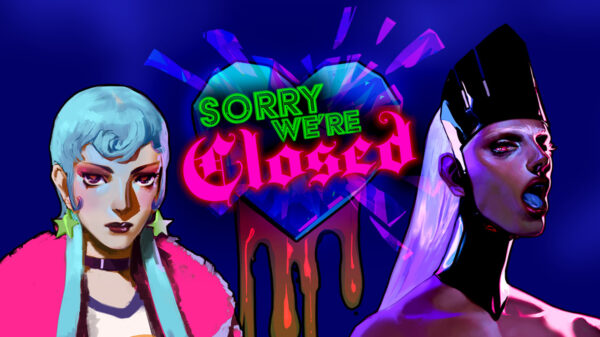
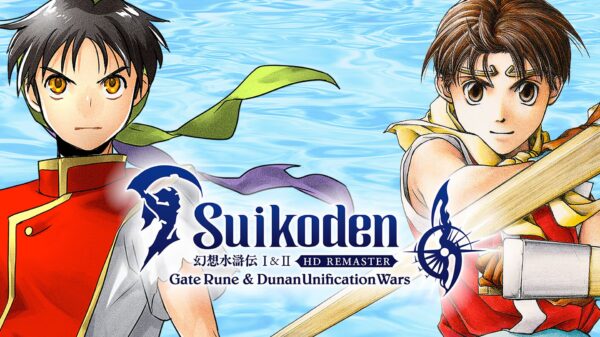




























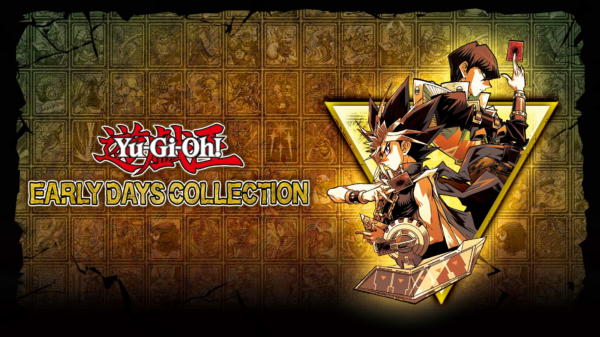
























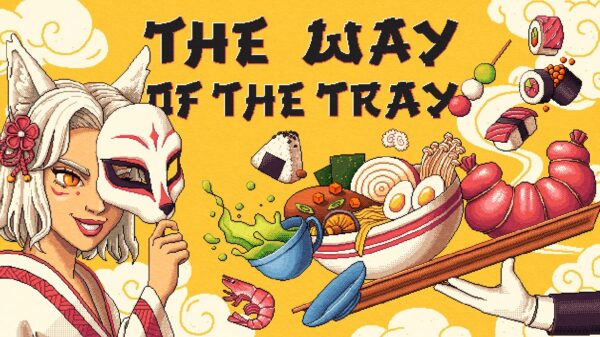


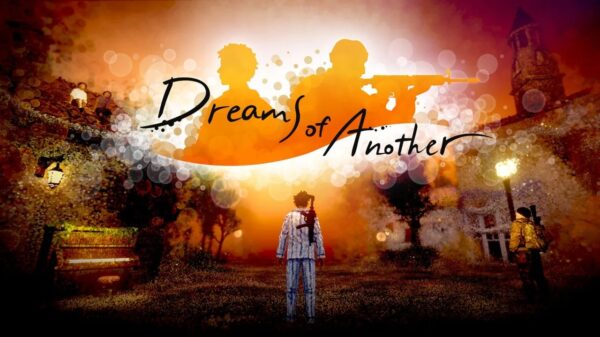










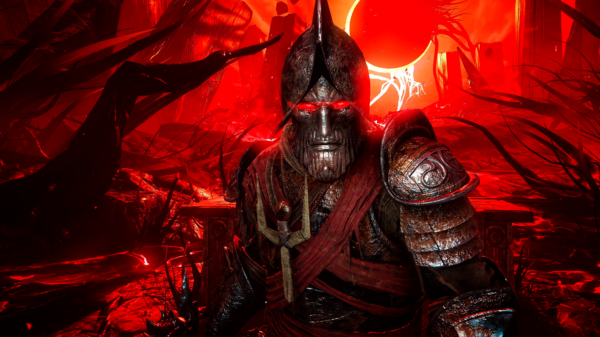






























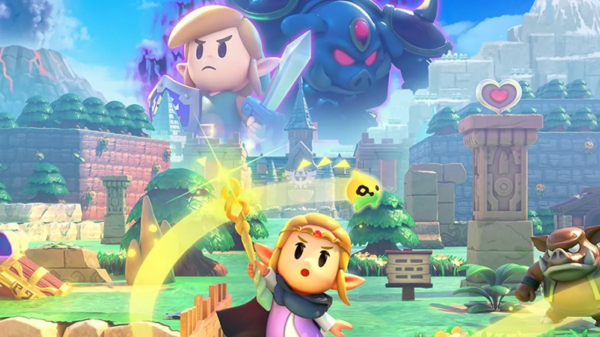

Pingback: Harvest Moon: A Tale of Two Towns Announced | MonsterVine - Monster Video Games Coverage